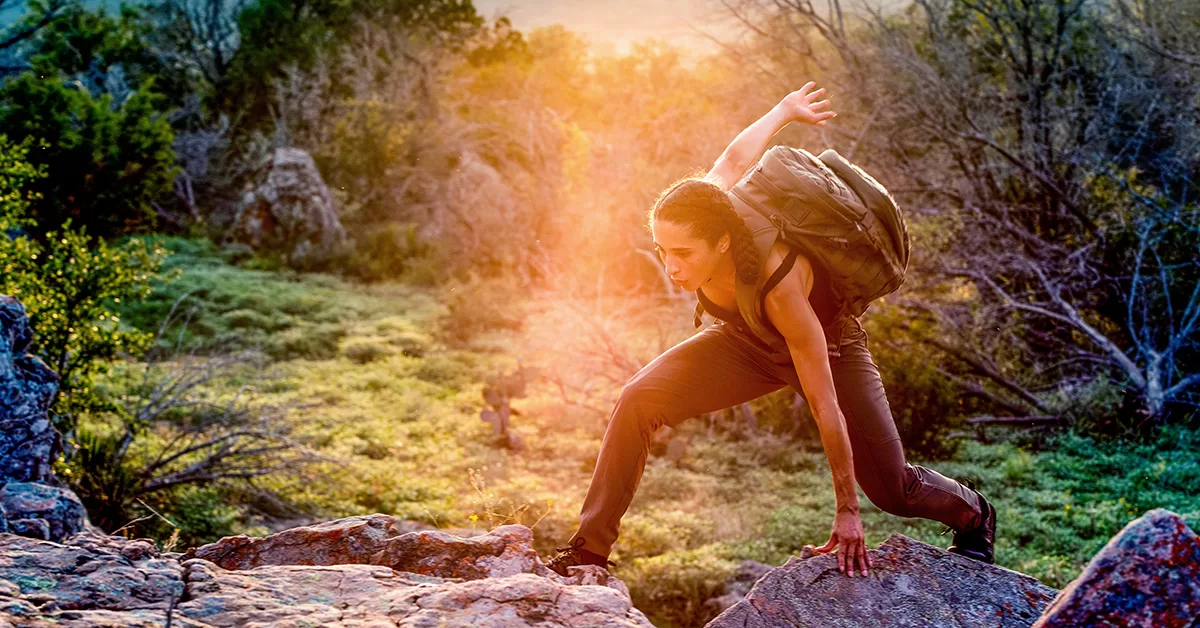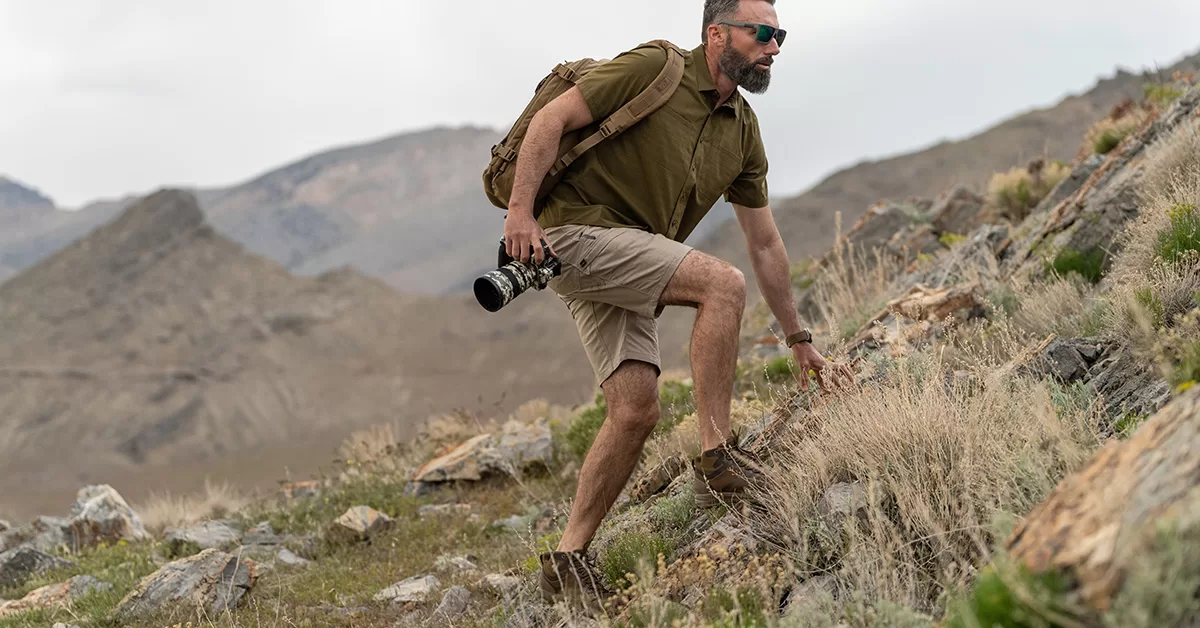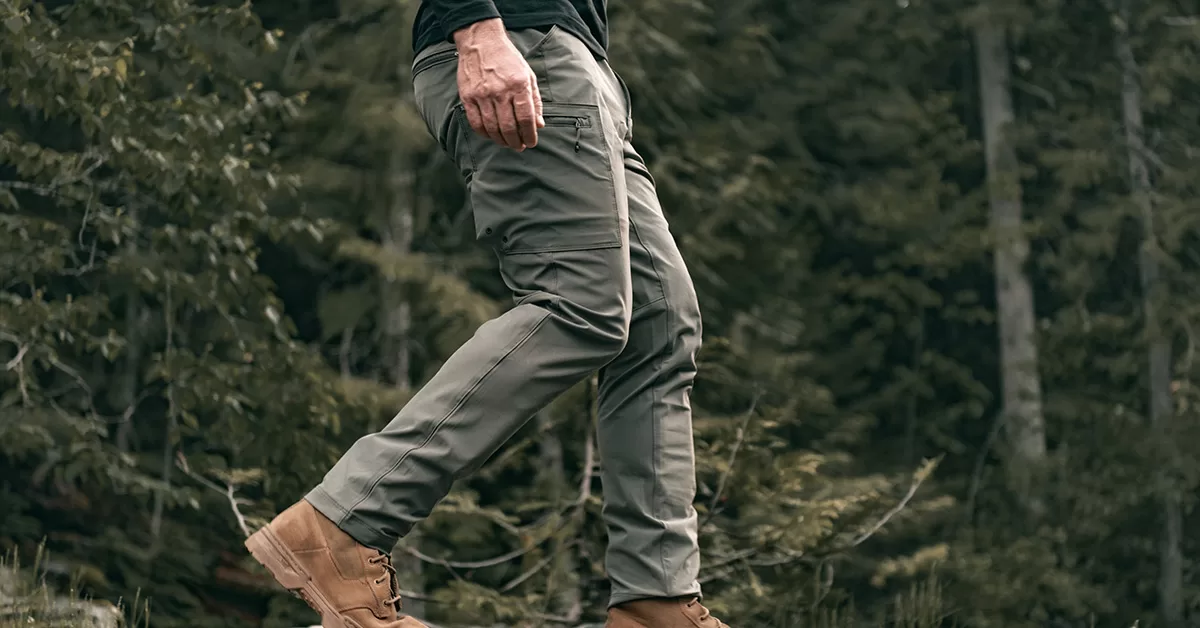National Preparedness Month: Home Ready Kit
When it comes to prepping, there truly is no place like home. If disaster strikes, often times your best bet is to shelter in place where you’ve got the home field advantage and hopefully some survival gear supplies prepared in advance.
But even if you’re sheltering in place, having a pre-packed kit that you know is filled with emergency supplies is always a good idea. After all, you wouldn’t want to discover you’re out of bandages after you’re already bleeding. To help you get started, we put together a list of gear and supplies for your home ready kit.
Home Ready Kit Essentials
1. The Right Bag
We recommend backpacks for their portability. Look for something on the larger side (at least 40L) that’s durable and easy to carry when full. Having one with clamshell opening like our AMP72 is ideal as they’re easiest to pack and unpack. You may also want one that can accept external pouches for expanded storage and ease of access.
2. Food and Water
Your home should have a minimum two week-supply of non-perishable food and water, but your home ready kit should have a three-day supply. MREs are lightweight and high in calories, but canned foods, nuts, or dried fruits can also work. Whatever you pack, take note of expiration/best by dates and rotate these over time. For water, the rule of thumb for a normal active person is one half gallon per person per day, but a LifeStraw can save you a ton of weight if you know you’ll be near fresh water sources. A hydration bladder is a durable and pack-friendly way to store water that will also allow you to drink while on the move.
3. Illumination
In most disasters, power is one of the first utilities to go. Flashlights are essential for a home ready kit. Look for lights that balance output and runtime like our Response CR1 Flashlight. It throws out 549 lumens at its high setting, while running for over 44 hours on its low. The flashlight that burns brightest truly does burn half as long, so it might not be a bad idea to have more than one and at least one that takes commonly available batteries. Use them sparingly and keep plenty of batteries on hand.
Non-powered means of illumination are also good to have. Glowsticks keep indefinitely and burn for long periods of time. Flares can also be a highly effective way of signaling search and rescue teams even at great distances.
4. Medical Supplies
Your home probably already has some basic medical supplies, but your ready kit should have some of its own. Our Flex Med Pouch is a compact pouch that can be attached directly to the outside of your bag. At a minimum, your kit should contain basic PPE (gloves, mask, CPR breathing barrier), antiseptic, basic bandaging, and a tourniquet. Other helpful additions include medical shears, quick-clot, hand sanitizer, medical tape, and hemostatic dressing. Basic knowledge of first aid, stop the bleed, and CPR can become lifesaving skills in the event of an emergency. Seek out training from reputable sources to prepare for any scenario.
5. Tools
Your home ready kit should contain everything you need if it were all you had. Fire, earthquake, flood, or anyone of a multitude of scenarios could mean that you have to evacuate with little to no notice. A change of clothes suitable for your environment and a Mylar blanket will offer protection against the elements. A multitool and folding knife are always useful, but you’ll also want to keep a means of signaling like a whistle or small mirror and don’t forget more generally useful tools like the prepper’s panacea – duct tape! Use it to keep a bandage in place, patch a tent, or affix a flashlight to the end of your shotgun – one roll has endless possibilities! Hand sanitizer is another often overlooked yet hugely helpful supply – in addition to keeping your hands clean and serving as a mild antiseptic, it can also be used as a fire accelerant – DON’T have any on your hands while trying to make a fire!
6. Communications
If disaster strikes, your cell phone might still be usable to communicate with friends and family, but only if the battery is charged – a small portable battery charger in your ready bag can ensure you’ve got power for a while even if the power goes out, but if cell service goes down, you’ll need another means of communication. A small battery-operated radio can easily become a crucial source of information for evacuation or other changing circumstances. Many are highly compact and take commonly available batteries.
If you’ve managed to fit all of the above into one backpack, you’re as much a prepper as you are a packrat! Remember that this list is intended to be a starting point. You should supplement your kit to suit your needs and location. Keep your home ready kit somewhere you know you can get to it quickly and remember to rotate supplies as needed.
Stay tuned on social media for more National Preparedness Month content!
READY AT HOME CHECKLIST
- Bag & Gear Sets
- Water & Food
- LE Multitool
- Battery Pack/Phone Charger
- Gloves
- Glowsticks & Flashlight
- Hand Sanitizer & Facemasks
- Whistle
- Radio
- Duct Tape
- First Aid Kit
- Blanket
- Pair of Pants





